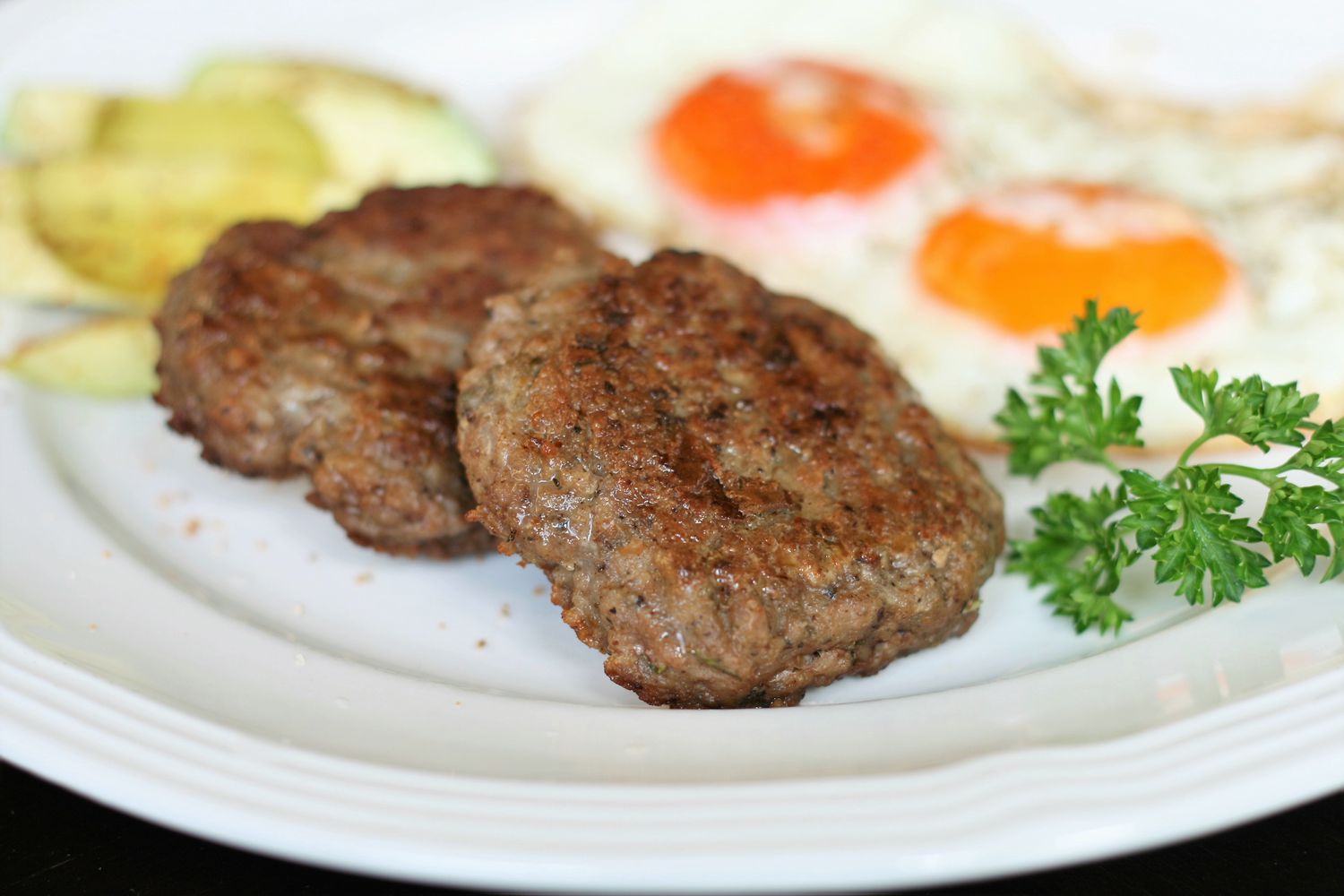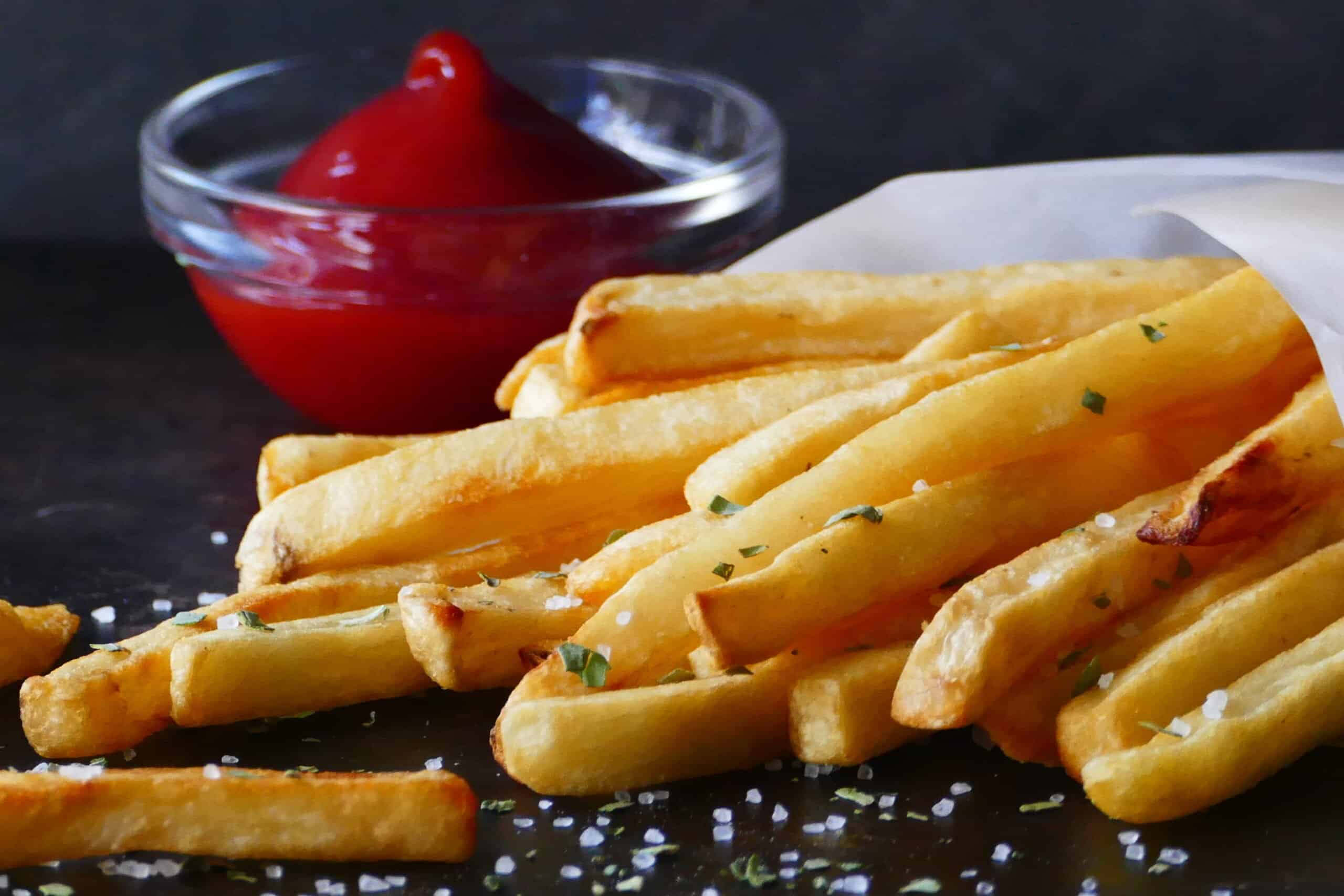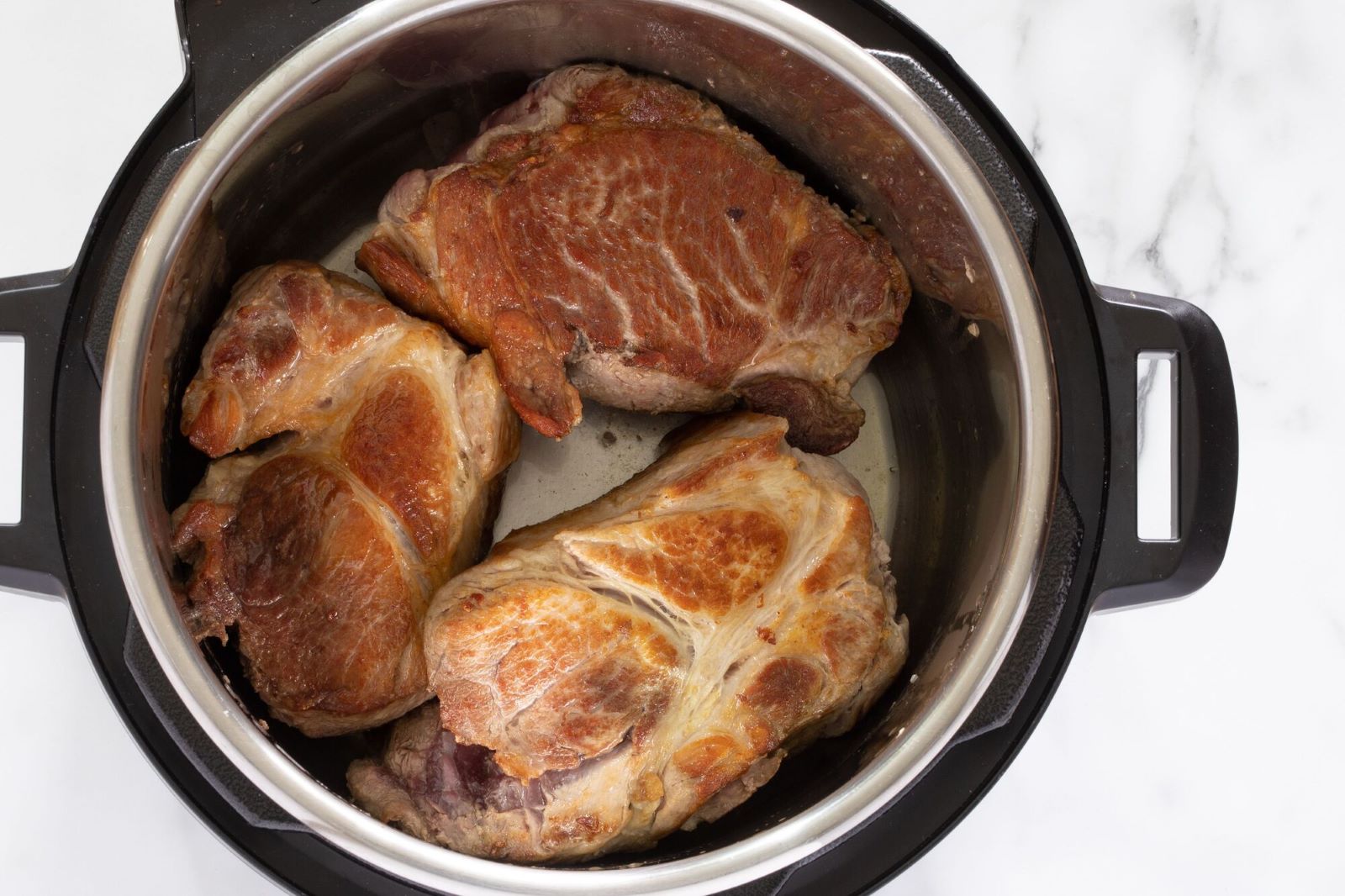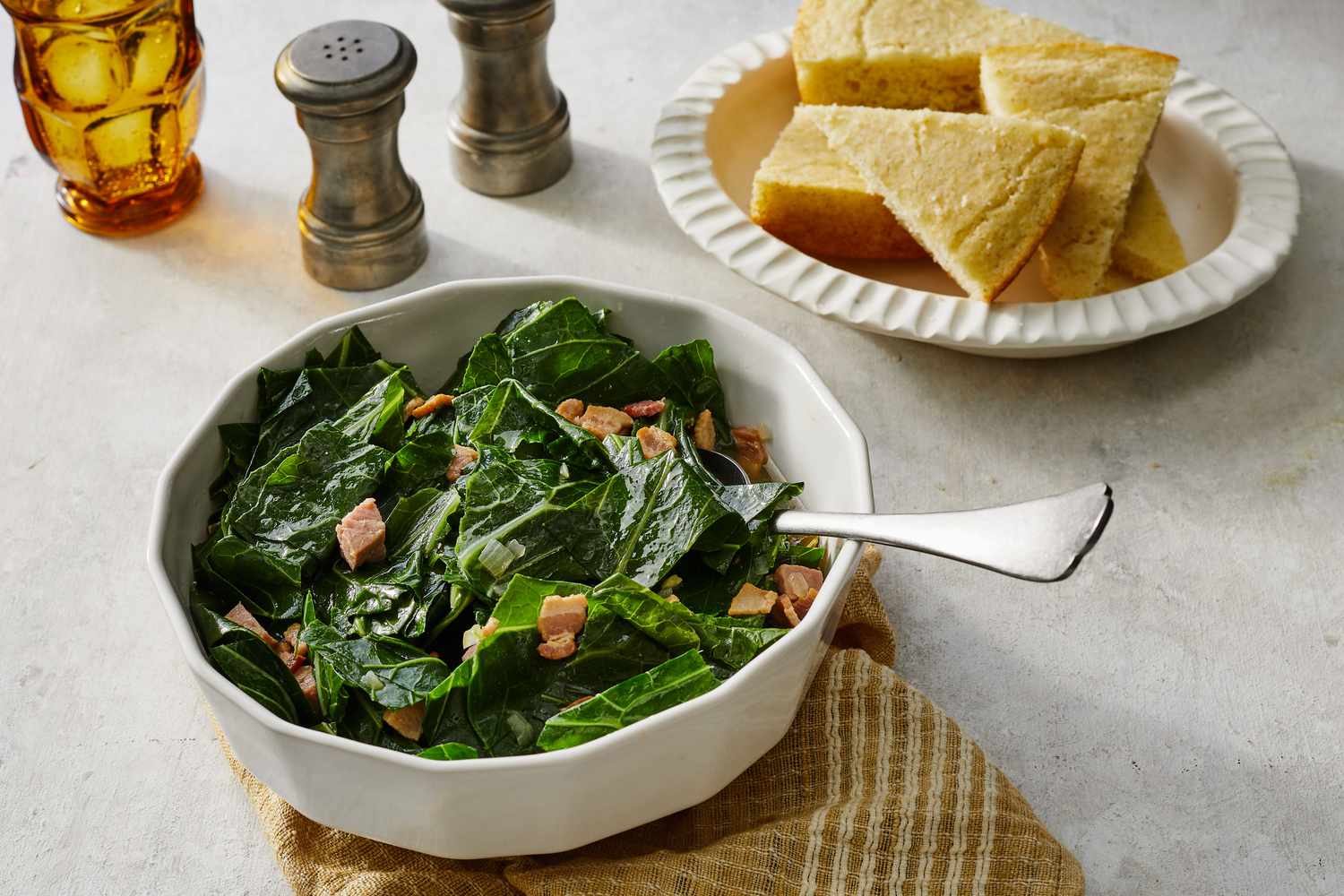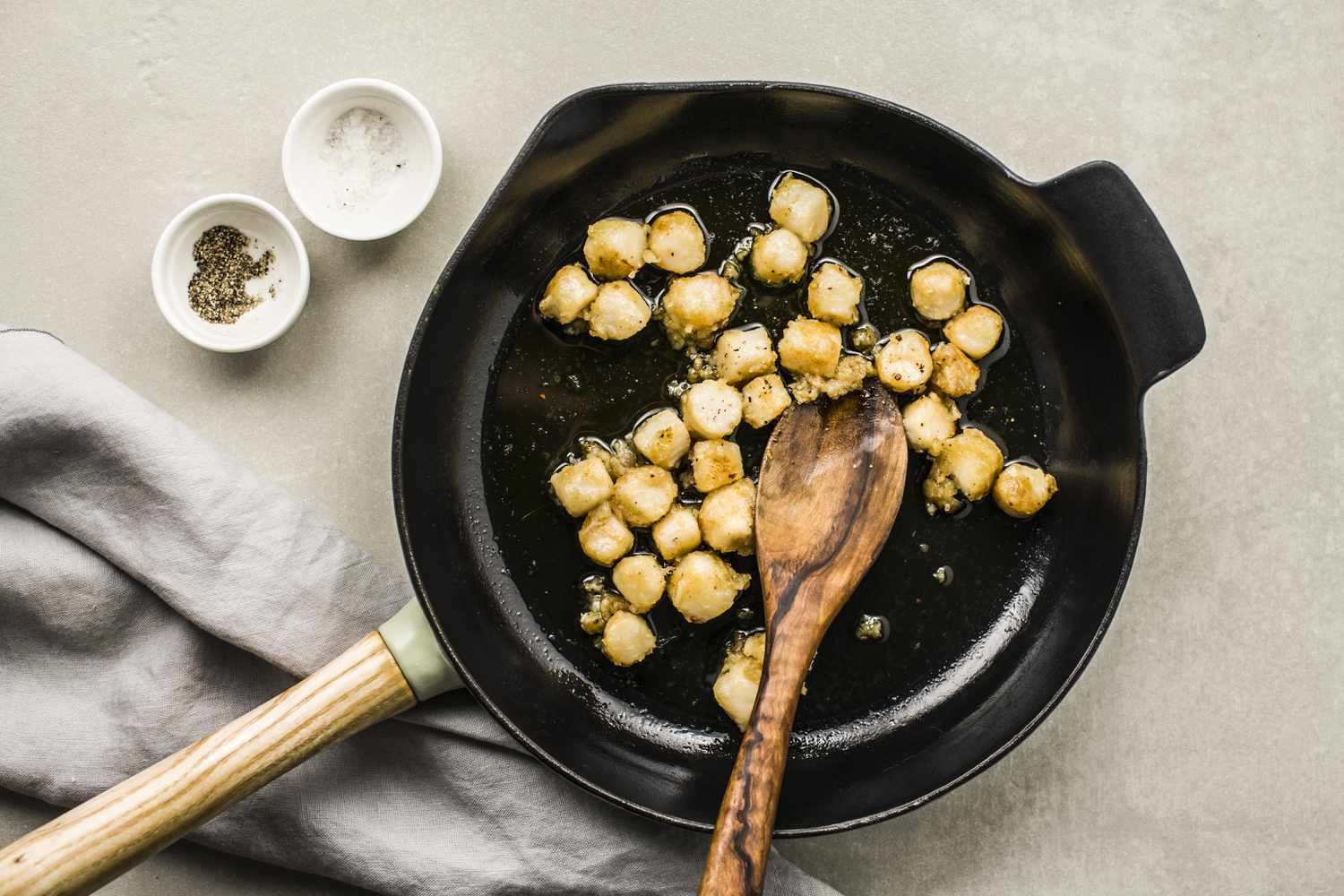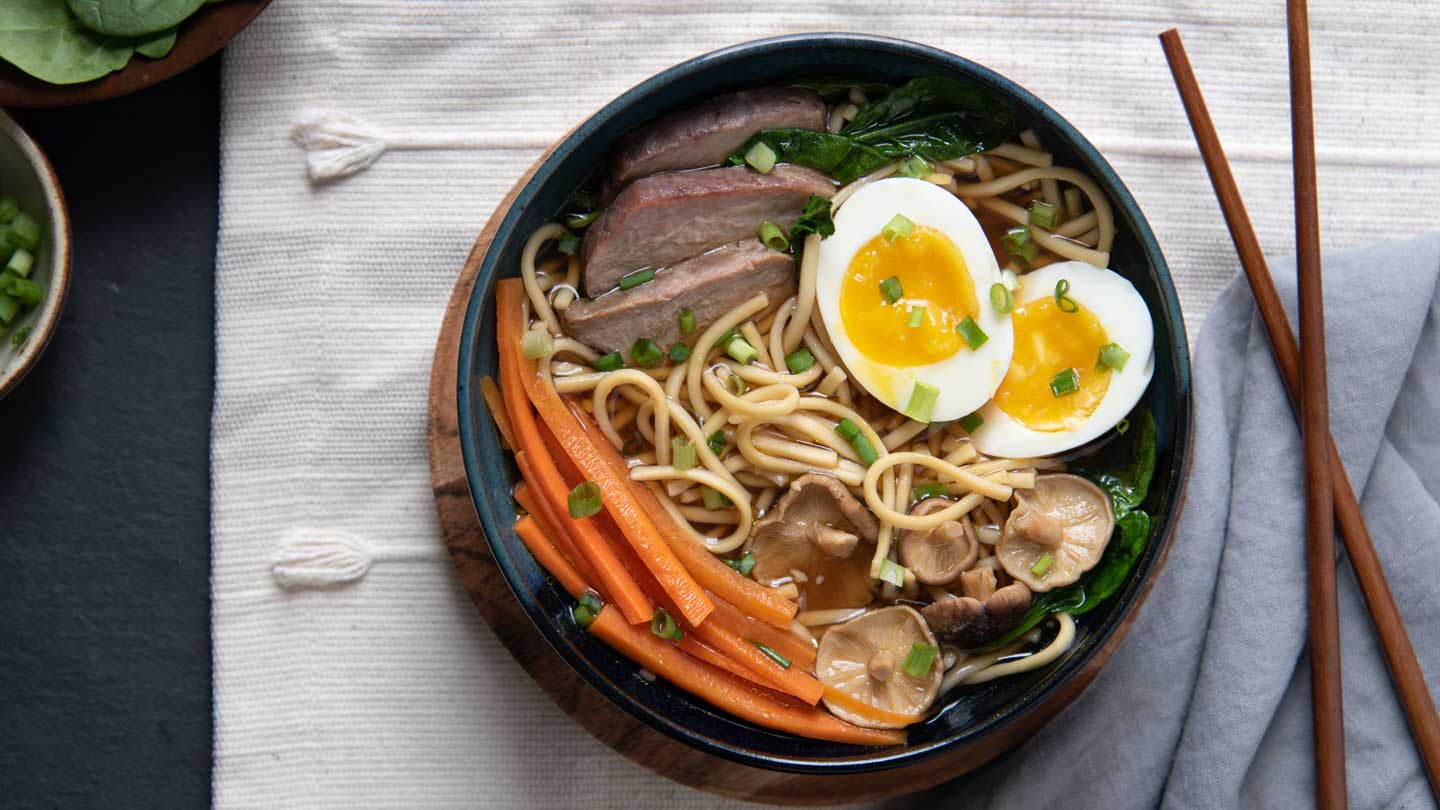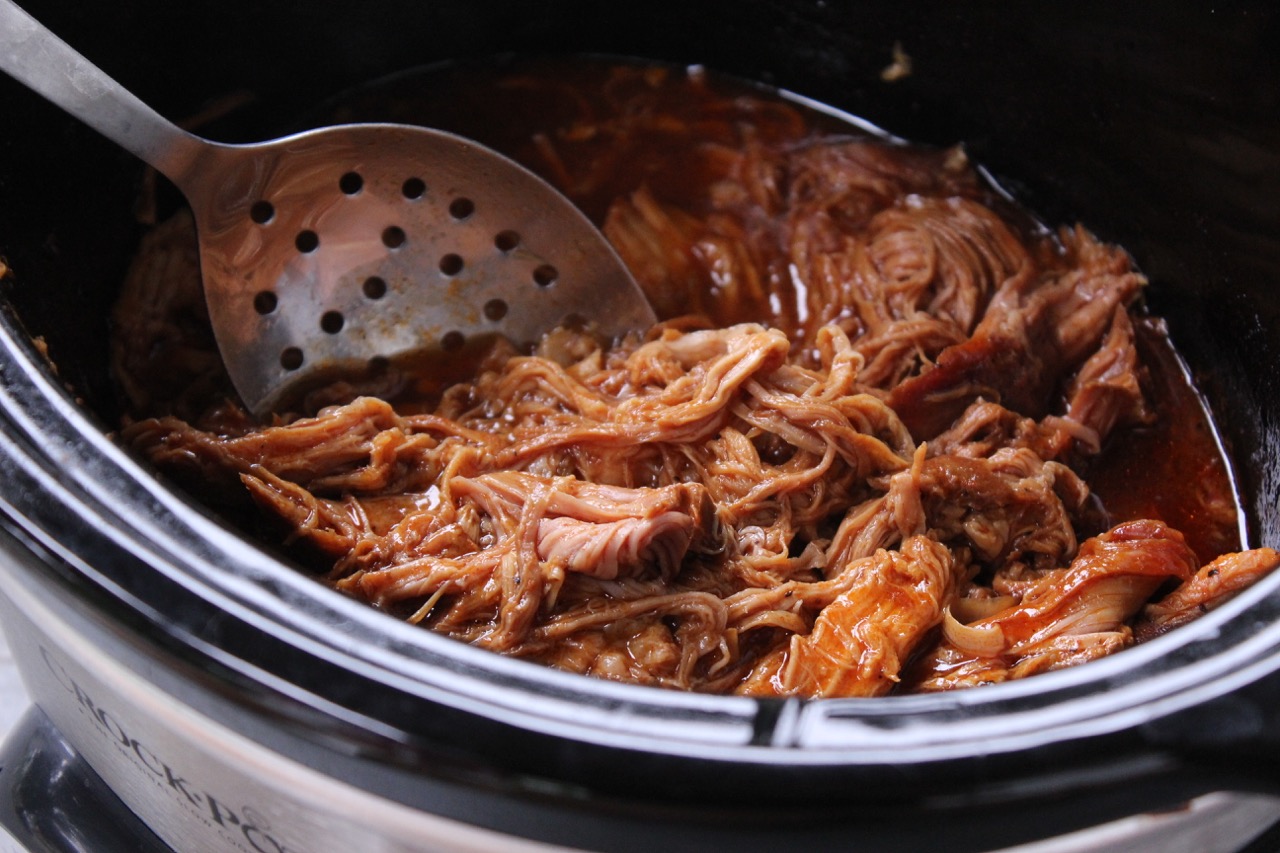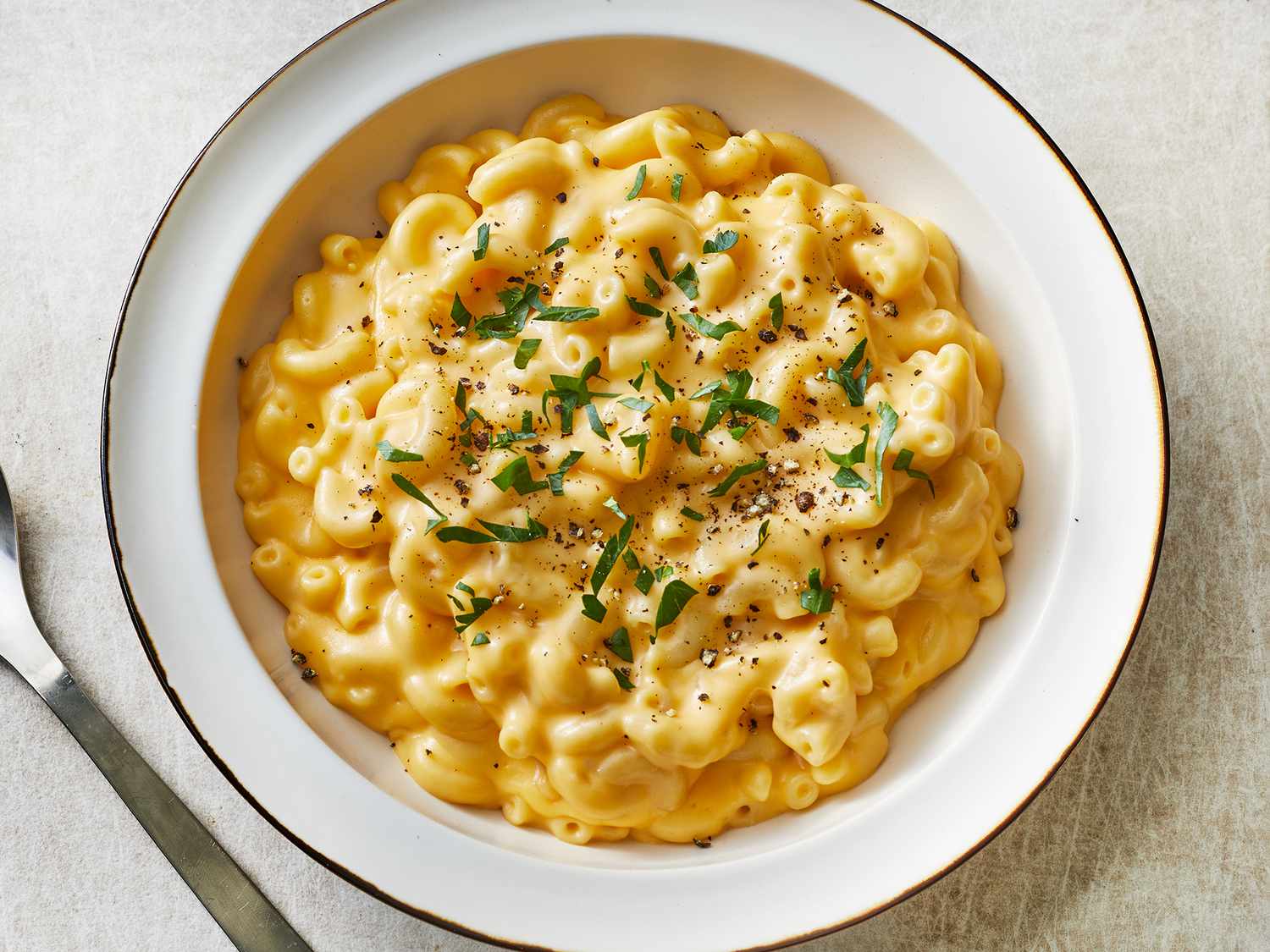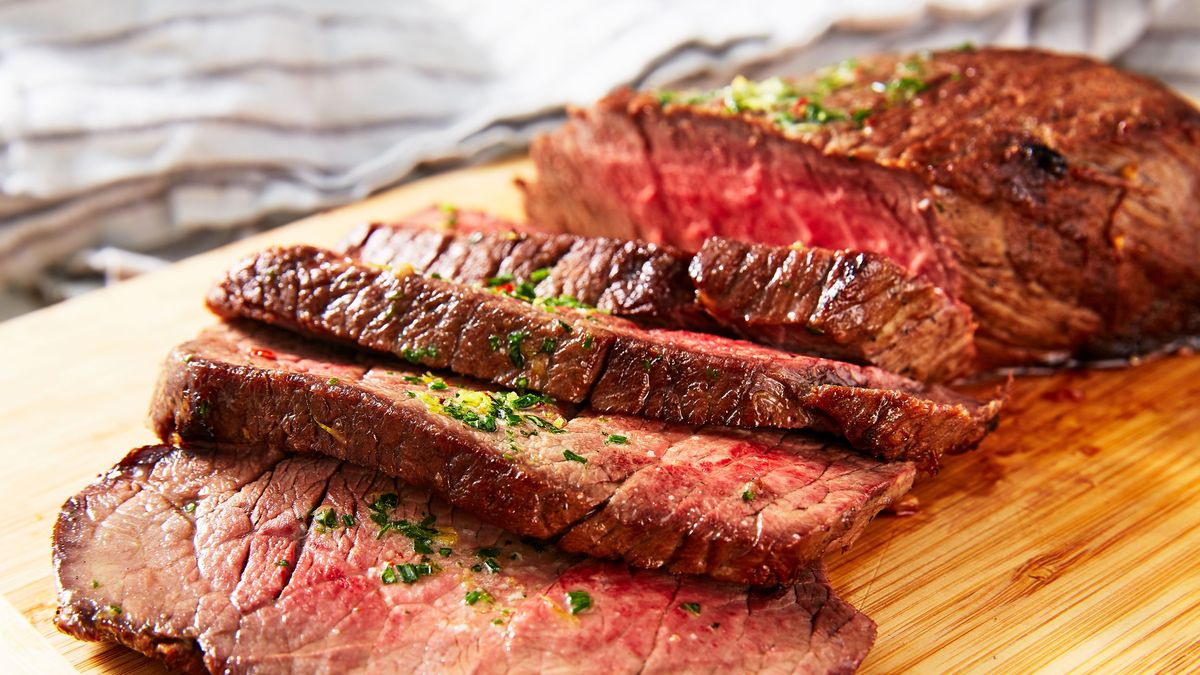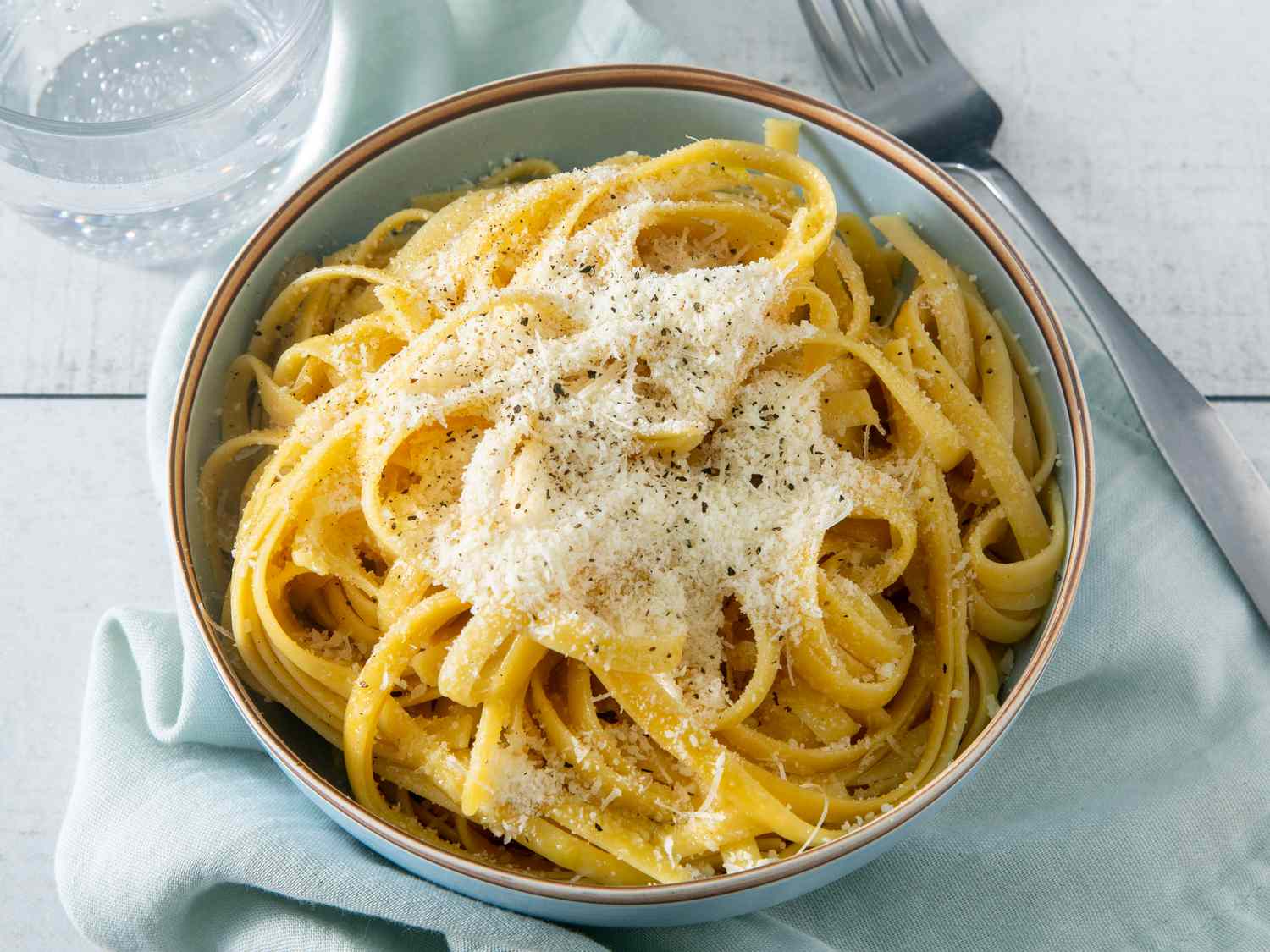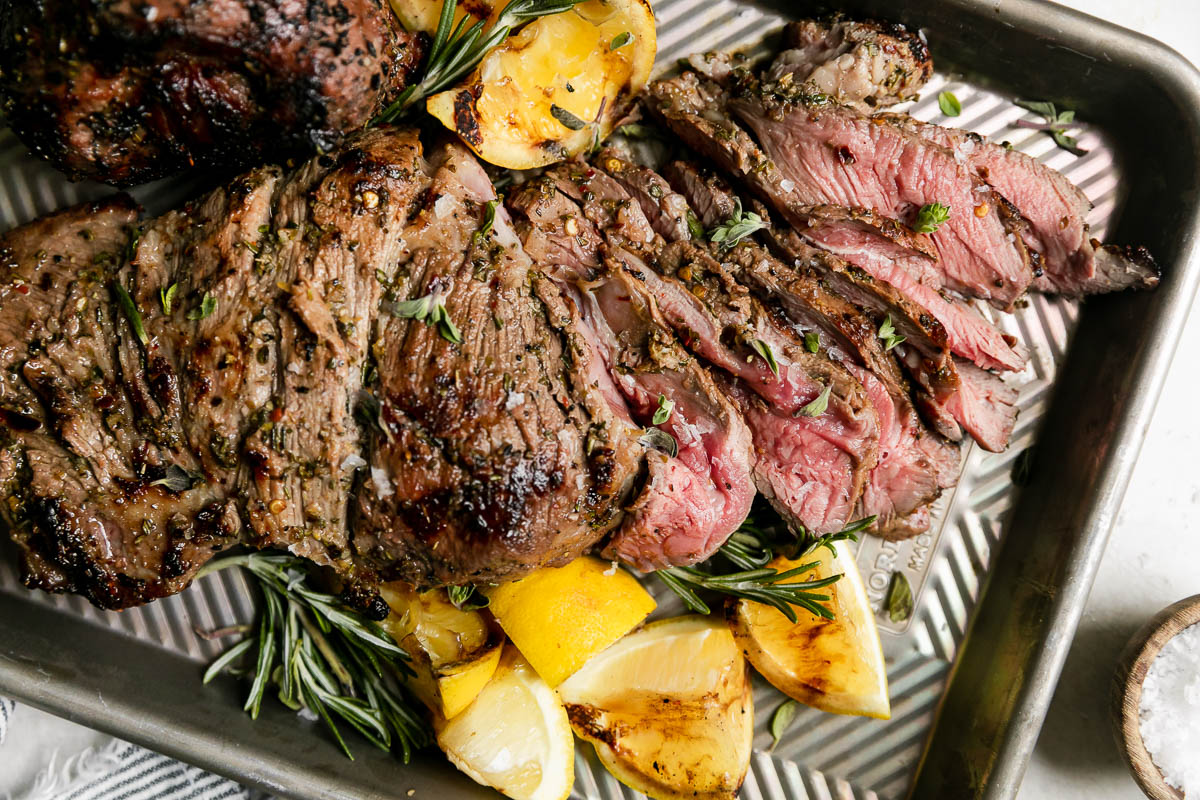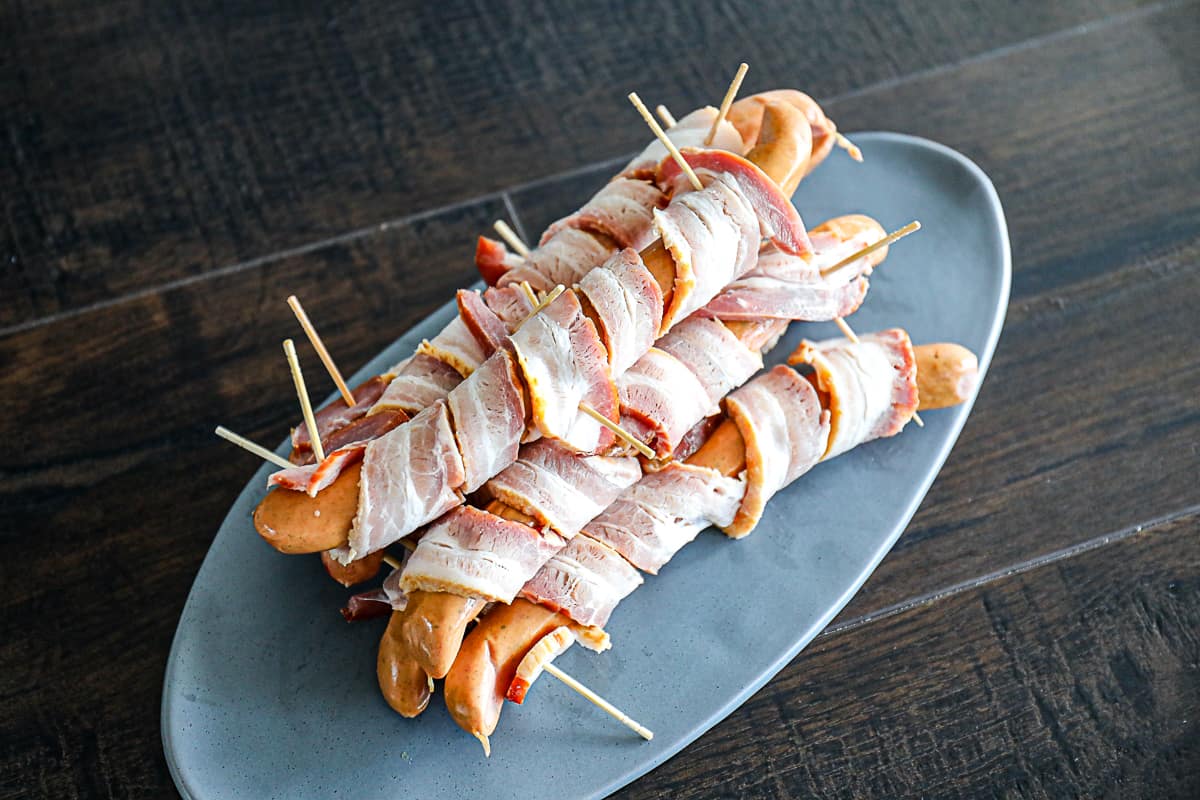Cooking a fresh pork ham can transform any meal into a festive feast, captivating the senses with its rich aromas and succulent flavors. Whether you're a seasoned chef or stepping into the kitchen for the first time, mastering the art of preparing this cut ensures a delightful dining experience. From selecting the perfect ham to understanding the nuances of seasoning and cooking times, this guide will walk you through each step. Emphasizing simplicity and flavor, we'll share tips and tricks to achieve that perfectly cooked, tender, and juicy pork ham that will have everyone asking for seconds. Ready to impress your guests? Let's get started.
Essential Ingredients for Your Fresh Pork Ham Feast
- Fresh pork ham, approximately 5-7 pounds
- For the Brine:
- 1 gallon water
- 1 cup salt
- 1/2 cup sugar
- 1/4 cup apple cider vinegar
- 2 bay leaves
- 1 tablespoon peppercorns
- 1 teaspoon mustard seeds
- For the Glaze:
- 1/2 cup brown sugar
- 1/4 cup honey
- 2 tablespoons Dijon mustard
- 1 tablespoon apple cider vinegar
- 1 teaspoon ground cinnamon
- 1/2 teaspoon ground cloves
- Additional:
- Cloves, whole, for studding the ham
- Fresh herbs (rosemary, thyme), for garnish
Must-Have Tools for Cooking Fresh Pork Ham
- Large Roasting Pan
- Meat Thermometer
- Sharp Knife
- Cutting Board
- Aluminum Foil
- Oven Mitts
- Basting Brush
- Mixing Bowls
- Measuring Cups and Spoons
Cooking fresh pork ham begins with seasoning. Next, sear all sides in a hot pan. Then, roast in a preheated oven at 350°F until the internal temperature reaches 145°F.
The Importance of Cooking Fresh Pork Ham
Cooking fresh pork ham at home allows for control over flavors and ingredients, ensuring a healthier, tastier meal. This process transforms a simple piece of meat into a succulent, juicy centerpiece. Mastery over such techniques empowers home chefs, elevating their culinary skills and expanding their repertoire.
Understanding the basics of cooking pork ham enhances meal planning versatility. It opens up opportunities for creating diverse dishes that cater to various tastes and dietary preferences. Engaging in this culinary endeavor fosters a deeper appreciation for the art of cooking, encouraging creativity and experimentation in the kitchen.
Your Ultimate Guide to Cooking Fresh Pork Ham
-
Select your fresh pork ham: Choose a cut that fits your needs, considering size and fat content for flavor.
-
Prepare the pork ham: Rinse under cold water and pat dry with paper towels. Trim excess fat, leaving about a 1/4-inch layer to help keep the meat moist during cooking.
-
Season generously: Rub all sides with a mix of your favorite herbs and spices. Common choices include salt, pepper, garlic powder, and thyme.
-
Preheat your oven: Set the temperature to 325°F (165°C). This lower temperature allows the pork ham to cook slowly, ensuring even doneness.
-
Place in a roasting pan: Set the pork ham fat side up in the pan. This position helps the fat render and baste the meat as it cooks.
-
Add liquids (optional): Pour a small amount of water, broth, or apple juice into the bottom of the pan to keep the environment moist and enhance flavor.
-
Cover with foil: Seal the top of the pan with aluminum foil to lock in moisture and prevent the outside from burning before the inside is fully cooked.
-
Calculate cooking time: Plan for about 20 minutes per pound of pork. An 8-pound ham, for example, would need approximately 2 hours and 40 minutes in the oven.
-
Begin to cook: Place the pan in the preheated oven. Cooking times will vary based on the size of your ham, so keep an eye on it.
-
Check internal temperature: About 30 minutes before the estimated finish time, start checking the internal temperature. Your goal is to reach 145°F (63°C) for safe consumption.
-
Remove foil for browning: Once the internal temperature is close to the target, remove the foil to allow the outside to brown and crisp up. This should take about 15-20 minutes.
-
Let it rest: After reaching the desired temperature, remove the pork ham from the oven. Let it sit for 10-15 minutes before slicing. Resting helps the juices redistribute, making the meat moist and tender.
-
Slice and serve: Cut into thin or thick slices, depending on preference. Serve hot as the centerpiece of your meal.
Mastering the Art of Pork Ham Preparation
Cooking fresh pork ham is a journey that transforms a simple piece of meat into a mouthwatering feast. With the right techniques, patience, and a bit of culinary flair, anyone can turn this cut into a centerpiece worthy of any table. Remember, scoring the skin, seasoning generously, and cooking slowly are key steps to unlocking the full potential of your pork ham. Don't forget to let it rest before carving to ensure all those succulent juices stay locked in. Whether you're a seasoned chef or a kitchen newbie, mastering this dish adds a classic recipe to your repertoire that's sure to impress. So, grab your apron, preheat your oven, and get ready to embark on a flavorful adventure with fresh pork ham. Your taste buds will thank you!
For those looking to cook a fresh pork ham, there are several enticing recipes to try. The Honey Glazed Fresh Pork Ham Recipe offers a sweet, caramelized crust that pairs perfectly with the savory meat. If you're in the mood for something herbaceous, the Herb-Crusted Fresh Pork Ham Recipe is a fantastic option, delivering a fragrant and flavorful coating. For a tropical twist, the Fresh Pork Ham with Pineapple and Brown Sugar Glaze provides a delightful combination of sweetness and tang. Another standout is the Garlic and Rosemary Fresh Pork Ham Recipe, which infuses the ham with aromatic herbs, making it an aromatic delight. Finally, for a unique flavor profile, the Dijon Mustard and Maple Syrup Fresh Pork Ham offers a perfect blend of tangy and sweet, making it a must-try. Each of these recipes leverages the guide's techniques to create a memorable dish that will impress any guest.
All Your Questions About Fresh Pork Ham Answered
How long does it take to cook a fresh pork ham?
Cooking time for fresh pork ham depends on its weight. Generally, you're looking at about 20 minutes per pound in a 325°F oven. For a juicy, tender ham, internal temperature should hit 145°F. Let it rest before carving to lock in those flavors.
What's the best way to season a fresh pork ham?
Seasoning is key for a flavorful ham. Start with a rub of salt, pepper, and your favorite herbs like rosemary or thyme. For something sweeter, a glaze of honey, brown sugar, and Dijon mustard, applied in the last 30 minutes of cooking, works wonders.
Can I cook a fresh pork ham in a slow cooker?
Absolutely! Slow cooking a fresh pork ham makes it incredibly tender. Set your cooker on low for 6-8 hours or on high for 4-5 hours. Adding a bit of apple cider or chicken broth will keep it moist and add extra flavor.
Should I cover my pork ham while it cooks in the oven?
Covering your pork ham with foil for the majority of the cooking time helps retain moisture. Remove the cover in the last 30 minutes to allow the outside to get a nice, crispy finish.
How do I know when my pork ham is fully cooked?
Use a meat thermometer to check. Once the internal temperature reaches 145°F, your pork ham is done. Remember, the temperature will continue to rise a few degrees after you take it out of the oven, so don't overcook it.
What's the best way to serve fresh pork ham?
Slice it thin for serving. Fresh pork ham pairs beautifully with sides like mashed potatoes, roasted vegetables, or a simple green salad. Don't forget to drizzle some of the cooking juices over the slices for extra yumminess.
Can leftover pork ham be frozen?
Sure thing! Wrap leftovers tightly in foil or plastic wrap, then place them in a freezer bag. Properly stored, pork ham will keep in the freezer for up to four months. Thaw in the fridge overnight when you're ready to enjoy it again.
Was this page helpful?
Read Next: How To Cook Fresh Cream Peas
